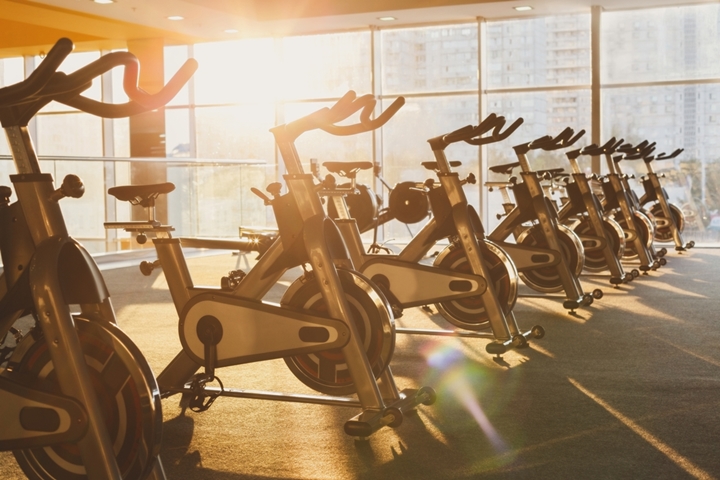Ever since working your core has become the central focus of your fitness training, you might have started with the sit-up, soon to be replaced by the crunch, and now moving on to the plank. The plank (also called a front hold, hover, or abdominal bridge) is a static, isometric, core strength exercise that involves maintaining a difficult, and potentially arduous, position, like a pre-push-up, for an extended period of time.
The most common plank is the front plank which is held in a push-up position with the body’s weight borne on forearms, elbows, and toes. Many variations exist such as the side plank and the reverse plank.

Commonly practiced in pilates and yoga, and by those training for boxing and other sports, it strengthens the abdominals, back, and shoulders.
The plank has incessantly gained favour in the fitness community particularly of the good job it has done in training the abdominals for exactly what the body needs them to do.
Dr. Glenn Wright, an associate professor of exercise science at the University of Wisconsin, La Crosse, explains, “A lot of strength trainers realized that the main function of the abs is to stop, not start, motion, and the plank came out of what the abs are asked to do – resist the spine from moving, such as when fighting off an opponent, and strengthening the lower back.”
Why it’s the best core exercise today
Planks work the abs the way they’re supposed to function – isometrically. They maintain the stability of the core muscles, which support proper posture by safeguarding an erect position and proper alignment of the spine. The curl or sit-up goes against the natural curve of the lumbar spine. Dr Wright further says, “When you teach sit-ups, you tell the person to flatten his back to the floor, which alone could cause pain in the lower back – the very condition strengthening your abs is supposed to prevent. Conversely, planks prevent lower-back pain.”
 Planks serve another purpose and that is to set you up to be able to do other core exercises in the most efficient and effective way. Besides, planks are comparatively safer than sit-ups.
Planks serve another purpose and that is to set you up to be able to do other core exercises in the most efficient and effective way. Besides, planks are comparatively safer than sit-ups.
How to do They require using neutral spine loading and not trunk flexion, as opposed to sit-ups, to strengthen the abs. If anyone with a weakened inter-vertebral disc performs a sit-up, it can cause that disc to herniate or bulge by pinching it.
Front planks work wonders for the abs and obliques. While some people argue that one can’t get a six pack by doing planks, it is simply not true. If your intention is to achieve a six pack, one-arm and one-leg planks will do the trick, but that would also raise the question of what your intentions are. Are you doing core exercises just to get a six pack or to strengthen your core?
If you’re still not sure how and where to start, speak to your trainer. And the best things about planks is that you can do them anywhere at any time! Visit Gympik.com and call a personal trainer and train in the comfort of your own time and place. If you’re based in Pune and you’re looking to join a new gym or fitness studio, here are some top fitness centres that you can check out: Endurance Fitness Club in Camp, Slimwell Fitness Studio in Kothrud, Core Fitness Club in Pimpri, The Endeavour Fitness Club in Warje, and Club Fitterati in Bavdhan.


 Traqade
Traqade
































I’m into digital stuff, and I wanted to see how online casinos actually work. After some searching, I found site , and I was impressed by its clean design. It provides multiple bonus types for Canadian users, which makes it pretty rewarding. I also liked how user-friendly it is even for someone who’s new to this kind of site.
Hej, czytając o ćwiczeniach i wzmacnianiu mięśni, pomyślałem, że czasem warto oderwać się od treningów i zrobić coś dla siebie w domu. Niedawno spróbowałem kilku gier w kasynie online i po serii drobnych przegranych w końcu trafiłem spory wygrany w grze Starburst, a w trakcie najbardziej wciągnęło mnie rolldorado, gdzie bonusy przygotowane dla graczy z Polski naprawdę robią różnicę. Cały proces był prosty i przyjemny, a emocje naprawdę wciągają. Teraz często tam wracam, bo to świetny sposób na relaks i oderwanie od codziennego stresu.